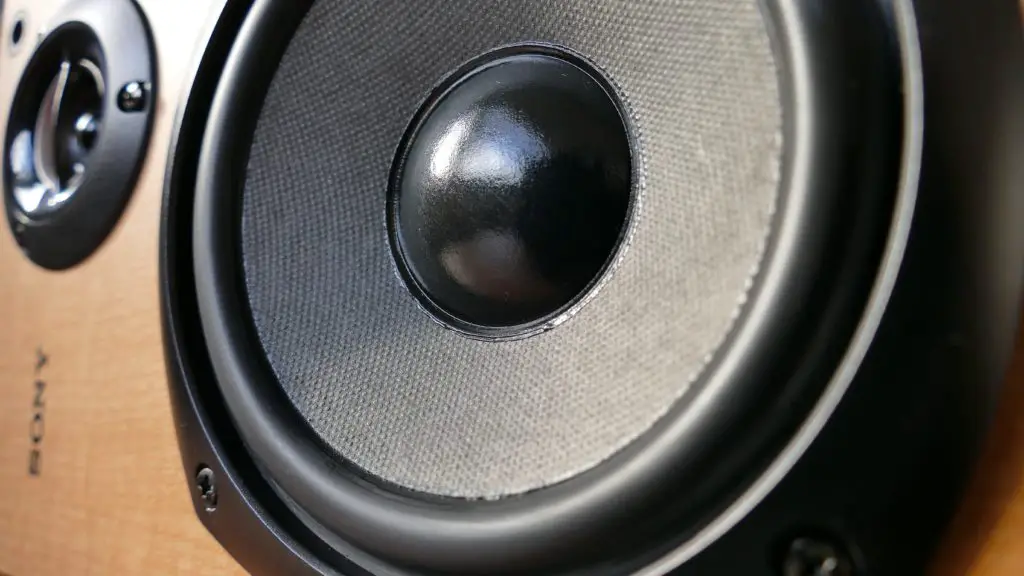Houses with built-in speakers are a good selling point for real estate sellers, and if you just bought one that has those, then here’s what you need to do next:
- Make an inventory of all the speakers in the house and list them.
- Divide them based on the number of zones and how many speakers are in each zone.
- Figure out the speaker cables or wiring and check where they end.
You need to check the audio system and make decisions to get the music system playing. A wireless music system is trending right now, and you can always change your existing built-in speakers to wireless.
Built-in speakers eliminate the clutter associated with external speakers at home. You can control the whole-house audio system using your mobile or a tablet from any of the rooms.

Understand The Setup Of Your House With Built-In Speakers
After you have figured out all the speakers and the wiring in the house, the next step is to identify the speakers and check if they are working. Check if there are the same number of speaker cables as the number of speakers in the house.
If the house does not have an amp, then you need to make sure that every speaker works before buying an amp. Follow the steps to check:
Things you need:
- AA battery
- Copper wires
If the speaker cables show bare wires:
Connect the ends of the exposed speaker cables to each end of the battery. The battery’s high voltage will cause the speakers to work for a split second. You will hear a sound or ask another person to stand in the room and listen.
If the speaker cables have terminals:
Connect copper wires to each of the speakers’ terminals and thereafter connect to the battery as above.
If all the speakers are working, then the next step is to figure out the wires for the speakers. If the wirings are not labeled (most probably not), then now is a good time to label the wires. The wires should be in pairs or a group of 4 wires. Here’s how you can label them:
White and green make one pair which is typically the left speaker in the room, and
- Red and black make one pair which is typically the right speaker in the room.
- Red and white wires are positive, while
- Black and green are negative.
- Get the built-in speakers to work.
You need to know how many speakers are in a zone and where all the speakers’ cables of the zone end. The next step is to find a suitable amplifier for the speakers and complete the setup.
Check if you have a 5.1 audio system or a 7.1 audio system. The 5.1 system features 5 loudspeakers with 1 subwoofer, while a 7.1 has 7 loudspeakers and 1 subwoofer.
If you choose a 5-channel receiver, then it is suitable for one room only. But, a 7-channel receiver will power 5 speakers in one zone and 2 more speakers in a different zone.
There is also a 9-channel receiver that will give you an additional 2 speakers in a different zone. The decision to choose a receiver entirely depends on how you want your music system to play at home.
A newer and com only used multi-zone system is the “theatre+zone two” system setup. You can have a 5.1 channel + zone 2 or a 7.1 channel + zone 2. In such a setup, you can have one room with 5 speakers for movies and music and another room with 2 speakers only for music.
Such multi-zone systems also come with WiFi and Bluetooth connectivity.
Conclusion
If you just bought a house with built-in speakers, then the first step is to contact the previous tenant and ask all about the wirings and the setup. But, if you can’t do that, then things can get messy!
As mentioned above, figuring out the music system setup and getting the right receiver for it is the first task to getting your audio system working.
Modern home audio systems come with Bluetooth and WiFi connectivity hence making it a seamless experience. There is also an option to change your audio system to a wireless one with the help of a professional.